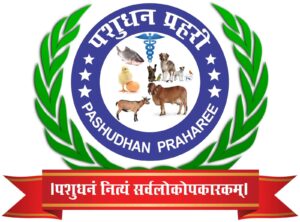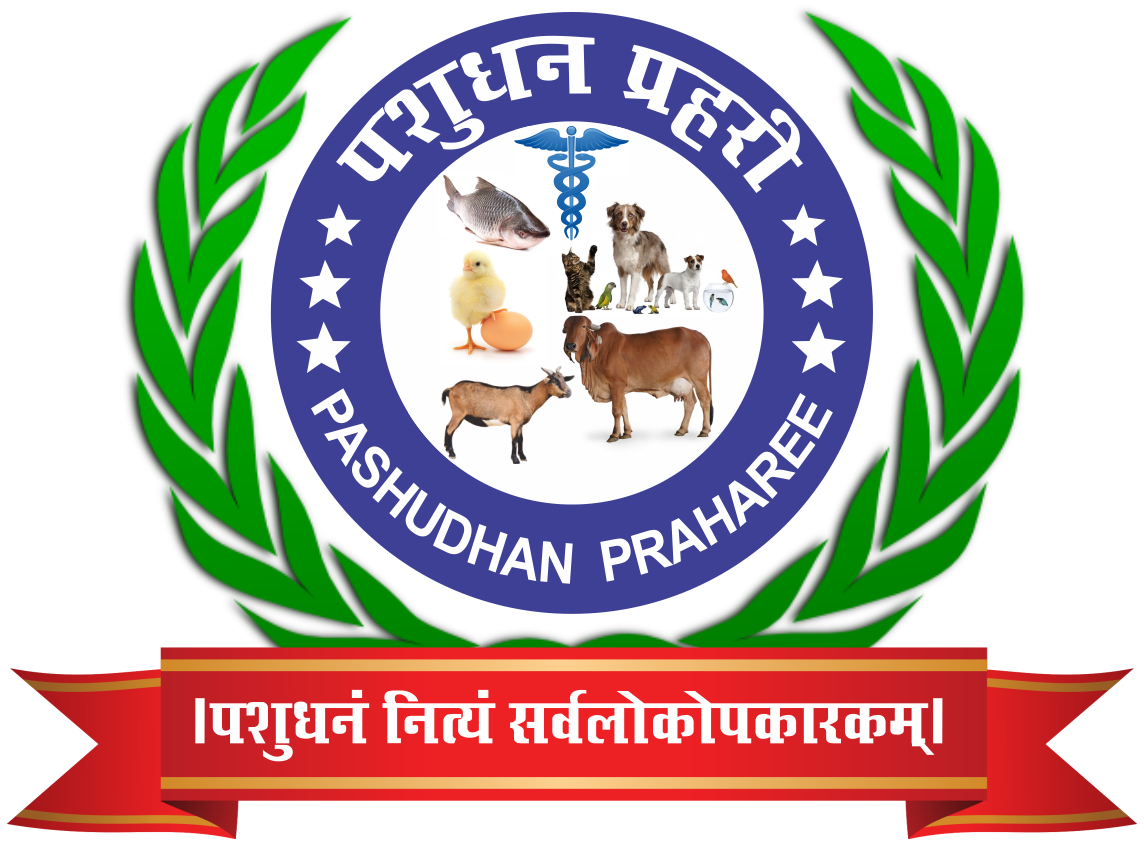Fish Silage in India: A Sustainable Solution for Waste Management and Circular Economy
What is Fish Silage?
Fish silage is a liquid or semi-solid product made by fermenting fish waste (such as heads, bones, skin, and viscera) using acids or enzymes. The fermentation process breaks down the proteins and fats in the waste, resulting in a nutrient-rich product that can be used as animal feed, organic fertilizer, or in aquaculture. It is a sustainable and eco-friendly method of managing fish waste and transforming it into valuable by-products such as animal feed, organic fertilizer, and aquaculture supplements.
In India, where fish waste management is a growing challenge, fish silage offers a viable solution for coastal communities and the aquaculture sector, contributing to the circular economy.
There are two primary types of fish silage:
- Acid Silage: Prepared by adding acids (e.g., formic or propionic acid) to lower the pH and preserve the fish waste.
- Fermented Silage: Uses naturally occurring bacteria (lactic acid bacteria) to break down the waste material through enzymatic fermentation.
Importance of Fish Silage in a Circular Economy
A circular economy focuses on reducing waste by recycling and reusing resources. Fish silage plays a crucial role in this system by converting waste into valuable products, ensuring resource efficiency and sustainability.
1. Waste Management Solution
- India produces vast quantities of fish waste from processing industries, which often goes unused and contributes to environmental pollution.
- Fish silage helps utilize this waste productively, reducing the ecological impact of the fishing and aquaculture industries.
2. Sustainable Animal Feed
- Fish silage is a rich source of proteins, amino acids, and omega-3 fatty acids, making it an excellent, low-cost alternative to conventional animal feed for poultry, pigs, and aquaculture species.
- Reduces the dependence on fishmeal and other imported feeds, contributing to self-sufficiency.
3. Organic Fertilizer
- The nutrient-rich composition of fish silage makes it an effective bio-fertilizer for agriculture, enhancing soil fertility and reducing the need for chemical fertilizers.
- Boosts crop productivity while maintaining ecological balance.
4. Economic Opportunities for Small-Scale Fishers
- Enables small-scale fish processors and farmers to generate additional income by converting by-products into valuable commodities.
- Encourages the development of local silage production units, particularly in coastal and inland fishing communities.
5. Reducing Environmental Impact
- Minimizes fish waste dumping into water bodies, reducing water pollution and the associated risks of eutrophication.
- Supports the Indian government’s sustainability goals under initiatives like the Blue Economy Policy and the Swachh Bharat Mission.
Relevance to India
- India is the world’s second-largest fish producer, generating substantial fish waste annually from processing and consumption.
- Coastal states like Kerala, Tamil Nadu, Andhra Pradesh, and Gujarat have significant potential for establishing fish silage production units.
- Initiatives like the Pradhan Mantri Matsya Sampada Yojana (PMMSY) aim to promote sustainable fisheries and aquaculture practices, where fish silage could play a pivotal role.
Challenges in Adopting Fish Silage in India
- Lack of Awareness: Limited knowledge among small-scale fishermen and entrepreneurs about silage production techniques.
- Infrastructure Limitations: Poor cold storage, collection systems, and processing facilities, especially in rural and coastal areas.
- Market Acceptance: Hesitance among farmers and feed manufacturers to adopt silage-based products due to concerns over consistency and quality.
Solutions and Way Forward
- Government Support: Financial assistance and subsidies for setting up small-scale fish silage units under schemes like PMMSY.
- Research and Development: Encouraging research institutions like ICAR-Central Institute of Fisheries Technology (CIFT) to develop cost-effective silage production technologies.
- Training and Capacity Building: Providing technical training to fishermen, fish processors, and aquaculture farmers.
- Public-Private Partnerships (PPP): Involving private sector investments for large-scale production and marketing of fish silage.
Process of Making Fish Silage
1. Collection of Raw Material
-
- Collect fish waste from fish processing units, fish markets, or by-catch (unsuitable for human consumption).
- Ensure the waste is fresh to maintain nutritional quality and avoid spoilage.
2. Grinding
-
- The fish waste is ground into a fine paste using a meat grinder or mixer to increase the surface area for fermentation.
- This step ensures uniform fermentation and faster breakdown of tissues.
3. Acidification (For Acid Silage)
-
- Add organic acids like formic acid or propionic acid (approximately 2–3% of the total mixture by weight).
- The acids lower the pH (to below 4.5), preventing microbial spoilage and initiating the breakdown of proteins.
OR
3. Fermentation (For Fermented Silage)
-
- Add carbohydrate sources (e.g., jaggery, molasses) to promote the growth of lactic acid bacteria naturally present in the fish waste.
- No additional acids are needed as lactic acid bacteria lower the pH through natural fermentation.
4. Mixing and Sealing
-
- Thoroughly mix the ingredients to ensure even distribution of acids or fermenting agents.
- Store the mixture in airtight, non-corrosive containers (plastic barrels or HDPE drums) to prevent exposure to air, which could cause spoilage.
5. Storage and Fermentation
-
- Allow the mixture to ferment for 10–14 days at room temperature, stirring daily for the first week to ensure proper breakdown of tissues.
- The mixture turns into a thick, homogeneous liquid with a fishy odor, indicating successful fermentation.
6. Final Product
-
- The finished fish silage should have a pH of around 4–4.5 and can be stored for up to 6 months in proper conditions without spoilage.
Uses of Fish Silage in the Indian Context
1. Animal Feed
-
- Poultry and Livestock Feed: Fish silage is a rich source of proteins, amino acids, and omega-3 fatty acids, making it an affordable, high-nutrient supplement for poultry, pigs, and cattle.
- Aquaculture Feed: Acts as a natural, protein-rich feed additive for farmed fish and shrimp, improving growth rates and reducing the reliance on expensive fishmeal.
2. Organic Fertilizer
-
- Rich in nitrogen, phosphorus, and micronutrients, fish silage serves as an excellent organic fertilizer for crops, improving soil fertility and crop yields.
- Helps reduce dependence on chemical fertilizers, supporting sustainable farming practices in India.
3. Biofuel Production
-
- Research suggests that fish silage can be processed further to produce biofuels, offering a renewable energy source and reducing environmental waste.
4. Waste Management Solution
-
- Provides an eco-friendly solution for managing fish waste, especially in India’s coastal states like Kerala, Tamil Nadu, West Bengal, and Gujarat.
- Helps reduce the environmental impact of dumping fish waste into water bodies, which can lead to pollution and eutrophication.
5. Economic Empowerment of Coastal Communities
-
- Small-scale fishers and entrepreneurs can set up low-cost silage units to generate additional income.
- Government schemes like the Pradhan Mantri Matsya Sampada Yojana (PMMSY) can provide financial assistance for establishing fish silage plants.
Advantages of Fish Silage in India
-
- Low Production Cost: Utilizes waste materials, making it cost-effective for small-scale producers.
- Reduces Environmental Pollution: Prevents fish waste from being dumped into landfills or water bodies.
- Improves Livelihoods: Generates new income streams for fishermen, women’s cooperatives, and rural entrepreneurs.
- Sustainability: Supports the goals of a circular economy and resource efficiency in India’s growing fisheries sector.
Challenges in India
-
- Lack of Awareness: Limited knowledge among fishermen and processors about silage-making techniques.
- Infrastructure Issues: Inadequate cold storage and transportation facilities, especially in rural coastal areas.
- Market Acceptance: Resistance among farmers and feed manufacturers due to concerns about product consistency and quality.
Conclusion
Fish silage offers a sustainable solution for fish waste management while creating valuable by-products like animal feed and organic fertilizers. In the Indian context, this technology has the potential to revolutionize aquaculture and contribute significantly to rural livelihoods, particularly in coastal communities. By supporting the circular economy, fish silage can help India move toward a more sustainable and resource-efficient fisheries sector. Fish silage offers an innovative and sustainable solution to managing fish waste in India while contributing to a circular economy. By converting waste into high-value products like animal feed and organic fertilizers, it reduces environmental pollution, supports sustainable fisheries, and generates additional income for small-scale producers. With the right policy support, technological advancements, and industry participation, fish silage can play a transformative role in India’s journey toward a sustainable and resource-efficient Blue Economy.



